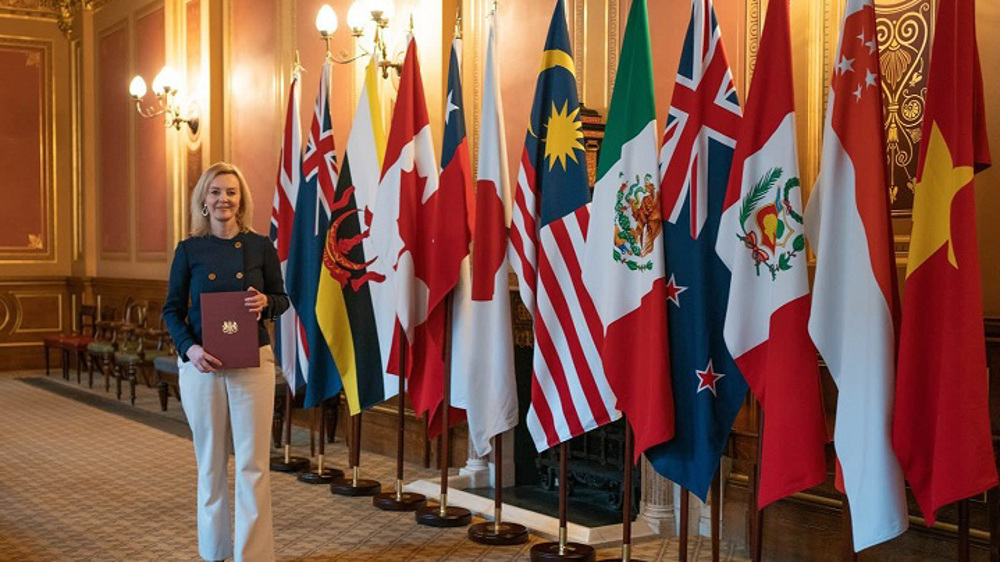Article originally published by Lowy Interpreter.
In February, the United Kingdom became the first nation to formally apply to join the Comprehensive and Progressive Agreement for the Trans-Pacific Partnership (CPTPP), the 11 country free trade deal spanning Asia and the Pacific. But the UK isn’t the only horse in the race. So far, eight different countries have telegraphed some kind of interest in joining the CPTPP. The field includes a mix of front runners (the United States, South Korea), a few stayers (Indonesia, Thailand and the Philippines) and two dark horses that might unsettle the field (China, Taiwan). To help make sense of the field and odds, here is your form guide to CPTPP expansion in 2021.
The Favourite: Republic of Korea
In January 2021, the Moon Administration announced it would seek to join the CPTPP(1). South Korea was expected to be the first accession candidate to what was originally known as the Trans-Pacific Partnership (TPP), and still sees the CPTPP membership as the key to diversifying exports and spurring economic growth in the wake of Covid-19. South Korea is advantaged by having domestic regulations that are already close to CPTPP standards, and only needs to focus on reforms in a few areas(2).
The key obstacle for South Korea will be difficulties in its bilateral relationship with Japan, including recently renewed disputes over several “historical issues”, as well as an unfortunate trade war. Japan’s objections to recent proposals to invite South Korea as an observer to the G7 indicate the bilateral relationship will need to be mended before a CPTPP accession is on the cards.
The “Second Up”: United States
US accession would be a game changer for the CPTPP. Not only would it almost triple the economic size of the bloc, but it would also serve as an indicator of renewed US commitment to allies and institutions in the Indo-Pacific. The loss of the US to the negotiations during the Trump administration was a near-fatal blow for the TPP, and restoring the US would return it to its original status as the world’s largest regional trade bloc.
The “Swooper”: United Kingdom
The UK’s formal application comes out of left field. It is not in the Indo-Pacific, and until recently had not been seriously considered. As the move is clearly driven by a desire to rapidly join new trade instruments post-Brexit, there may be doubts about its appropriateness for the bloc.
But the UK does bring good credentials. It would be the second largest CPTPP member after Japan, adding significant heft to the bloc. Its services-based economy would be a strong fit with the CPTPP’s emphasis on “21st century” trade issues, such as e-commerce, intellectual property and investment.
The main question for existing members is how the UK would add value relative to other options. Because it’s outside the region and not currently a major trade partner, the market-access gains from its accession would be lower than with other contenders. But if the timeline for the US or South Korea draws out, going “UK first” could become a credible option.
“Eased colts”: Southeast Asia
At various times, Thailand, the Philippines and Indonesia have all expressed some kind of interest in joining the CPTPP. The attractions are obvious: preferential access to a number of large developed country markets and the ability to attract inwards investment especially needed for post-Covid recovery.
As the CPTPP expands, these attractions will gain in strength. However, the bar required for CPTPP accession will be high for these developing economies. It would demand very extensive economic reforms – particularly around labour standards, state-owned enterprises and services – that would affect many sensitive industries. When the stresses of the pandemic and its recovery are also considered, there is arguably very little headroom in Southeast Asia for an ambitious tilt at the CPTPP just yet.
And they’re off
By lodging a formal application for membership, the UK has now started the race. This will be a trigger for other potential new members to come forward and declare their intentions(3), formally starting an accession process. From there, the choice falls to the existing members. Which candidates they prioritise, whether they negotiate serially or in parallel, and even whether amendments to the existing agreement are made – all are on the table.
Each runner offers a unique mix of strengths, challenges and complexities, and there is no clear indication how the race will play out.
Whatever the result, the clear winner is the existing CPTPP members. After almost losing the agreement following Trump’s withdrawal four years ago, there is now a diverse field of candidates lining up to join. The CPTPP now has a second chance to become a systemically significant addition to the regional and global trade architectures.
(1) “Seoul will actively pursue CPTPP: finance minister”, by Park Han-na, in The Korea Herald, 11 January 2021
(2) “South Korea planning to join CPTPP”, by Jung Suk-yee, in BusinessKorea, 12 January 2021
(3) “How to join the CPTPP”, Asian Trade Center Talking Trade blog, 2 February 2021
© The Hinrich Foundation. See our website Terms and conditions for our copyright and reprint policy. All statements of fact and the views, conclusions and recommendations expressed in this publication are the sole responsibility of the author(s).









